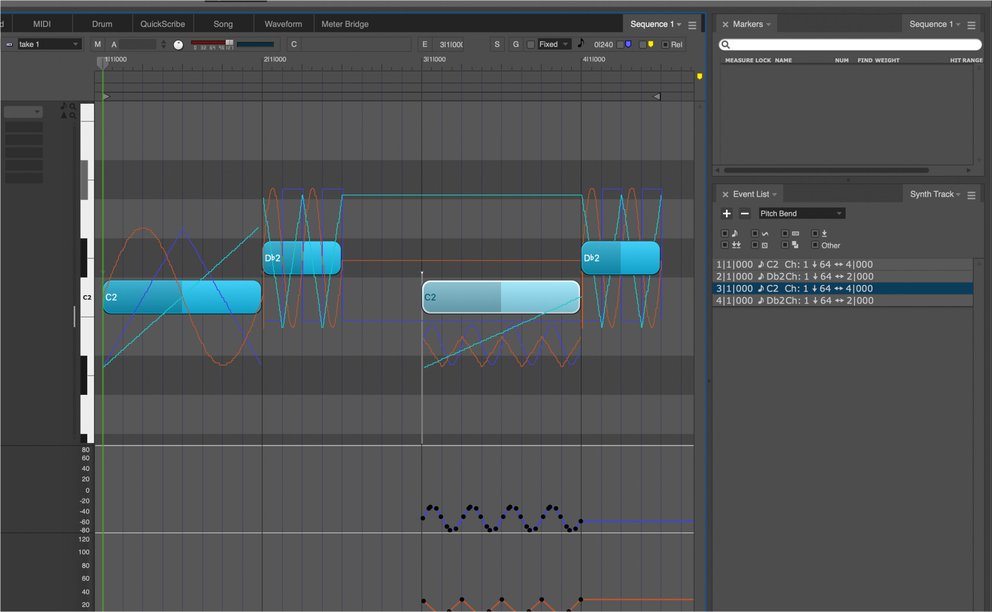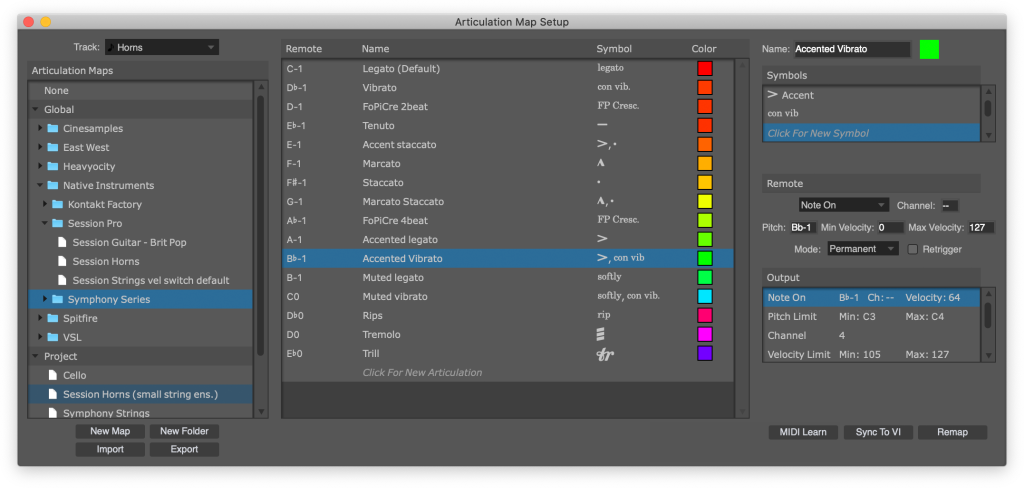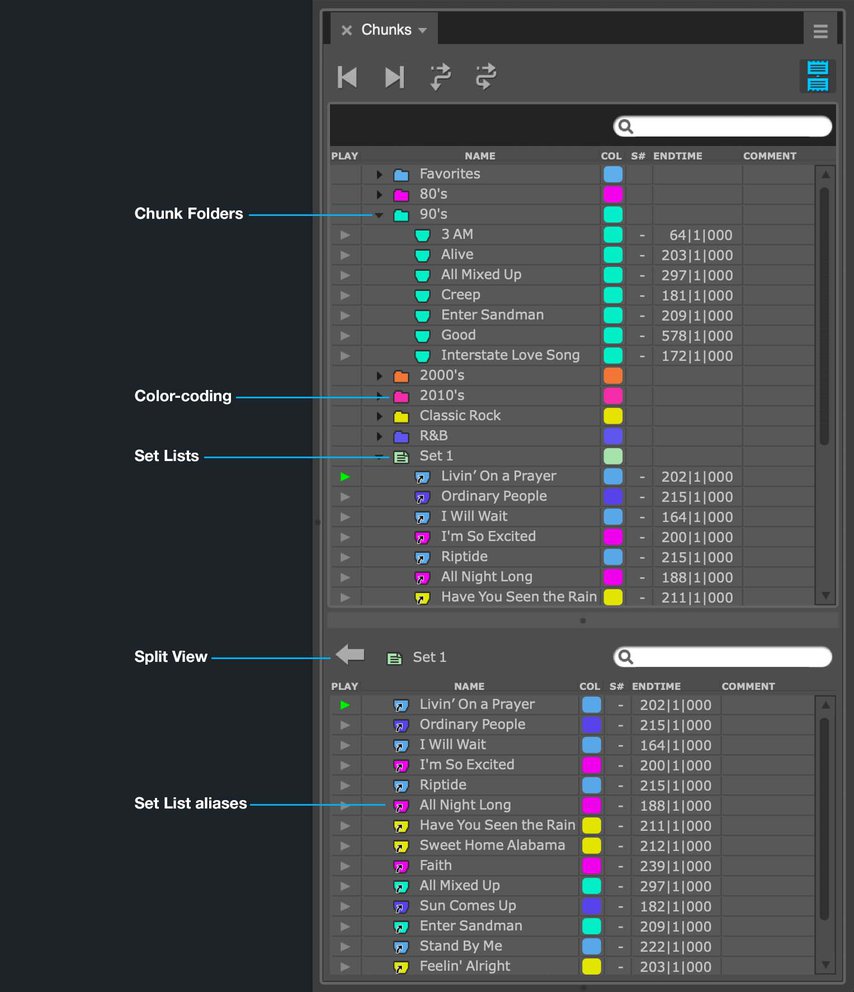In DAW news, MOTU is continuing to cater to their loyal user base with more stuff they want, Apple Silicon and Big Sur support, plus a ton of new abilities to get expressive and hands-on.

MPE, MIDI Polyphonic Expression, continues to have a great run as a standard with growing support. In DP, those multiple channels of expression now map to the software’s existing paradigm for editing. That means your performance data can be superimposed on notes in the piano roll, or you can open them up in a separate lane. For anyone already comfortable with DP’s MIDI editing tools – going back now decades – it looks like a godsend.
This does also mean per-note Control Change messages, too – so controllers (like Ableton’s Push) that send per-note data but not all of MPE benefit, too.

Articulation Maps are here, too, and represent an enormous amount of work mapping articulations to advanced sample libraries from the likes of East West and Spitfire. For composers and producers working with those libraries, it means you can go into both the Graphic Editor and the notation view (QuickScribe) and instantly add and edit articulations out of the box, without having to dig deep into manuals and MIDI implementation and whatnot.
So, as usual DP retains unique features for people doing scoring. It’s still on that short list for “you’ve got a scoring deadline.”
This is all starting to sound like MIDI 2.0 groundwork, too, though for now you shouldn’t worry about that since there’s nothing out there to support it – better to take advantage of these features right now and not have to wait.
Now, those are all individual features. Maybe the better picture here is that MOTU has done a lot to make the whole DAW more playable and expressive and controllable. So add Articulation Maps and MPE to all those other features, and there are just more ways to get literally hands-on with the tool:

- Audio Retrospective Record now captures MIDI and audio inputs at all times, so if you hit a moment of inspiration and didn’t already hit record, you don’t lose it
- Live Performance Mode does real-time audio effects for responsiveness (instead of pre-generated)
- Novation and Akai pad controllers trigger Clips (yes, in the new world where both Logic and DP have taken on their own way of doing clip-launching, a la Ableton Live…)
- Native Instruments and Icon control surface plug-ins – for Komplete Kontrol, iCON Control, QCon, Platform M/X – the lot
- Enhanced Avid EuCon support
- Enhanced MCU and HUI control surface support (which gets a lot of the rest)
- Scale Tool for expression – and a nice implementation, too; you can drag vertically across notes to scale per-note expression (that was not, as I first read it, scales like Dorian – scaling as in by percent)
- Multi-channel MIDI tracks – obviously needed for MPE, but now with some potential for other use cases, too
- Track and Clip transpose and quantize, as a non-destructive setting (possible in some other DAWs, but certainly welcome in DP now). You can also Transpose Exclude tracks to lock them while you transpose other stuff – whew.
There’s also new support for both Windows and Mac users.
On the macOS side, of course the big story here is native compatibility with Apple Silicon Macs – no Rosetta 2 translation. Other DAWs are certainly lagging a bit here, maybe partly because Rosetta 2 works so well, but I’m really curious to see native performance from DP and not just Logic.
There’s also requisite Big Sur (11.x) support.
For Windows, you get new optimization for the Windows 10 text rendering engine to make text look clearer, and improved resizing of dialogs and menus based on resolution. That coincides with Reason Studios shipping their own high-res support on Windows, at last, so I look forward to a less-squinty Windows experience for music all around. Ahem.

And there’s a new Nanosampler 2.0:
- Drop in a sample and stretch, slice, randomize, transform
- Classic, 1-shot, and slice modes
- ZTX time stretching
- Beat slicing with Randomize, Auto Randomize, Repeat, Reverse
- Rewritten UI
This keeps DP in the game with rivals Logic and Live (Quick Sampler and Simpler, respectively). You never have to be far from a capable sampling workflow in your DAW of choice.
There are also some detailed workflow improvements:
Chunks – the feature DP has that radically changes organizing live shows and scoring – is still better than anything out there in the category. Actually, as much as you can line up some of the rest of the stuff mentioned here with rival DAWs, here’s one where DP just doesn’t have a comparison. And now at last you can organize into folders and playlists, so – yeah, no one is catching DP on this.

Enhanced View Filtering lets you show/hide multiple channels of MIDI data in a single track. That’s a really nice breakthrough for hardware sequencing, in combination with some of the other stuff here.
Also, here’s a tiny feature with huge implications, by user demand: you can strip silence by dB threshold and not just percent. That solves a ton of workflows in a range of use cases.
There’s a lot more stuff like this, so best to check the videos and changelog.
But yeah, even in 2021, DAWs continue to advance – and endure. They may be aging better than the rest of us.